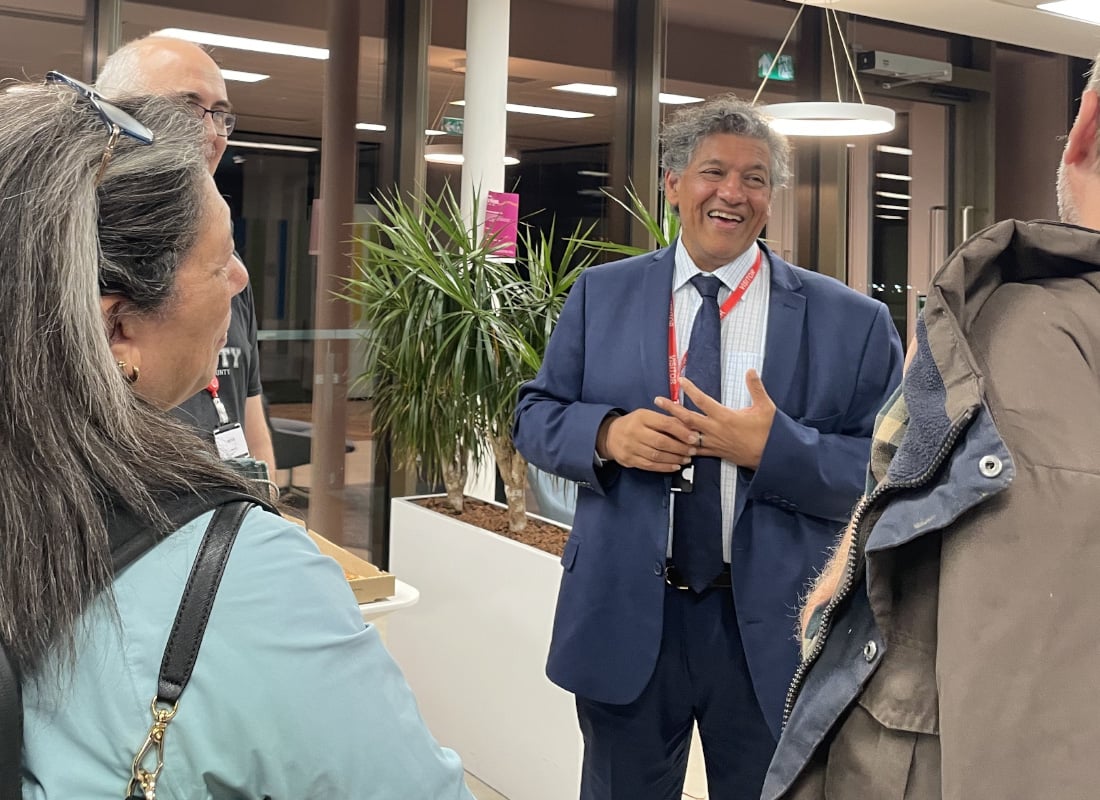For over a decade the world of enterprise workplace learning and development has been dominated by a centralised, top-down approach to design, development and deployment. This approach to managing workforce development has been enabled by the learning management system (LMS) that churn out mountains of uninspiring self-paced e-learning.
However you describe it, the LMS has always been very light on enhancing the learner’s experience and very heavy on the administration of learning. Most learning management systems have evolved to integrate with social learning platforms, virtual classroom environments and content authoring tools to varying degrees. Even so the LMS is an environment for managing learners, learning events and catalogues of learning content, and it remains essentially unchanged as a tool of centralised administration.
The LMS is ideally suited to a top-down, centralised view of corporate learning in which the HR function acts as both font of, and gatekeeper to, workplace learning in the wider context of talent development - especially in environments where uniformity is prized. The LMS has, therefore, proven particularly useful for deployment and tracking of learning programmes driven by corporate compliance and regulatory requirements.
This has led to the, often all too accurate, description of the LMS becoming a litigation mitigation system - pumping out page turner e-learning on subjects as exciting as export regulations, anti-bribery legislation, data protection, corporate induction and such like. That’s not to suggest these topics aren’t important, but they are rarely designed or delivered in a manner that fosters engagement with the learner - less still any sense of excitement or enjoyment.
A cornucopia of catalogue e-learning suppliers now offer off-the-shelf content to meet these demands, further emphasising the one-size-fits-all, commoditised approach to e-learning design.
This emphasis on centralised management and top-down deployment of uniform e-learning is increasingly out of step with the needs of the learner and the business. When there is a need for new knowledge, skills and desirable behavioural change in the business it is rarely the case that a learning programme can be designed, developed and delivered quickly enough following the centralised approach.
Since the knowledge and expertise required in the development of learning content usually reside at the operational coal face of the business, it makes sense to decentralise the development process and enable self-authoring. Many self-authoring tools and environments have developed to serve this need, but it doesn’t follow that subject matter experts intuitively understand, or can apply, good design in learning.
In the most forward-thinking businesses there is an increasing recognition of the primacy of the learner’s experience - what will engage learners, motivate them to learn and be most effective in ensuring they pick up the skills they need in a timely fashion (time to competence).
Too often e-learning is reduced to a slide show followed by a check your knowledge quiz - designed in an uninspiring manner and crammed full of information rather than learning that develops skills and behaviour. The LMS still has a vital role to play as a deployment platform, but the approach to design and development of learning is shifting away from the centralised model.
Hail the learner experience
The design of workplace learning is shifting emphasis toward the needs of the learner and, in particular, their overall experience. Learner experience design (LX) seeks to increase the learner’s uptake, satisfaction and enjoyment by better design.
Learner experience design puts the human back at the centre and focuses on achieving learning goals (outcomes) and combines aspects of several fields, including: user experience design (UX), instructional design (ID), cognitive psychology, interaction design and experiential learning. That may give the impression that it is a hodgepodge of theories and ill-defined discipline, yet the practical implementation of LX is quite easy to grasp.
Here are some of the more practical ways in which better LX can be achieved:
- Chunk the learning into bite-sized portions that make for easy digestion. Research shows that the learners simply will not sit through long-winded e-learning modules, simulations or videos - they need to be broken up into small ‘bite sized’ chunks of no more than five minutes, wherever possible. Small chunks of learning can be linked together into a larger module, but they should also be able to standalone, and tracked as learning objects in their own right. Breaking the learning into small chunks also enables delivery on a wider range of devices and allows for the design of multiple pathways through the learning.
- Personalise the learning experience and make it a seamless part of the working environment so that learners don’t feel they are stepping away from their work in order to learn. Bring learning out of the classroom and into the workplace so that it has context and relevance to the learner’s job by including scenarios and case studies that are drawn from the business and are current. Where possible build paths through the learning that allow learners to follow different routes of their choice based upon different job roles, levels of experience or depth of knowledge of the subject matter. Use customisable characters and avatars that guide the learner through the learning. Learners should be able to specify the gender, age, ethnicity and name of their character, as a minimum. More advanced design might include multiple characters or even multiple participants - which leads to the next point.
- Build connections through social and collaborative activities that bring learners together to share their experience, work on common tasks and achieve shared goals. This should be done in such a manner that collaboration is an integral part of the learning experience, e.g. setting a team challenge to research a topic related to a work project; every learner contributing to a blog on the subject that results in a deeper understanding of the topic. Collaboration should be done with a purpose; it’s not about linking the learning to a social platform so the learner can have a virtual coffee-machine chat with their colleagues, it must have a goal in mind - such as capturing the collective wisdom of a team by building a wiki.
- Enable learning on every type of device and recognise that learning needs to be adapted to the capabilities of each device and the environment in which it is used. This is another opportunity to ‘chunk’ learning into smaller elements that can be successfully deployed for learners on the move, or in settings away from the office environment (e.g. on site at an oil platform, or in the ward of a hospital).
- Build in accessibility as an integral aspect of the content, because accessibility isn’t just for people with audio, visual, mobility or cognitive disabilities - accessible design is good design for all. Use of appropriate fonts, colour schemes, providing alternative text for images, diagrams, animations and videos all helps to ensure that the learning experience is designed for the widest possible audience and ease of consumption. It also enables deployment on a wider range of devices.
- Make it engaging by increasing interaction and reducing passive reading, watching and listening. Use short quizzes, puzzles, games and simulations to bring the learning to life. Even simpler interactions such as pop-ups, reveals, drag and drops, object matching - all contribute to a more engaging experience. Where the learning has been designed with a character or avatar to guide the learner, make that personality interactive - e.g., the character may pose the questions in a quiz, or give hints if prompted, and feedback on performance.
This last point supports one of the principles codified in Pike’s 5 Laws of Adult Learning, i.e. that learning is directly proportional to the amount of fun experienced by the learner. Making learning fun and engaging is therefore not about dumbing down or trivialising the learning experience, rather it is about increasing its effectiveness.
In academia and further education the LMS is sometimes described as a virtual learning environment (VLE), perhaps to enforce the viewpoint that the learning environment of the lecture theatre and library are the real places of learning?












